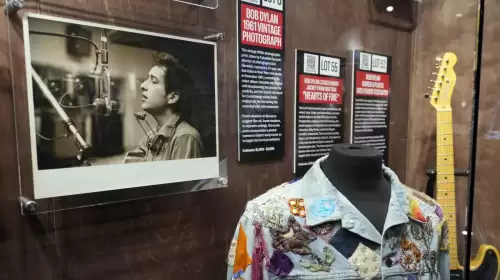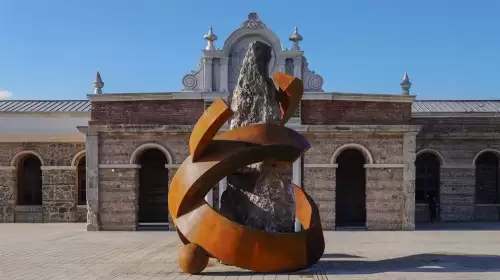Antalya Wildlife Park Treats Over a Thousand Animals in 2024
Antalya Wildlife Park, located in southern Turkey, has provided clinical services to a total of 1,171 animals in the year 2024, successfully releasing 802 back into their natural habitats.
Director Emphasizes Park's Role in Wildlife Treatment
The director of the park, Aygül Arsun, has highlighted the continuous efforts to treat injured wildlife and underscored the significant role of the facility in the conservation of endangered species.
Comprehensive Care for Wild Animals
The treatment services offered at the park extend beyond the resident animals, with wild creatures brought in by individuals or authorized institutions also receiving care at the park's clinic.
Common Causes of Treatment
Arsun explained that animals are often treated for reasons such as poisoning, injuries from electric shocks, or other environmental hazards, reflecting the diverse challenges faced by wildlife in the region.
Focus on Migratory Bird Species
Given Antalya's location along a critical migration route, a variety of migratory bird species, including eagles, hawks, falcons, kestrels, and herons, are among the beneficiaries of the park's treatment services.
Collaboration for Wildlife Rehabilitation
Through a collaborative agreement with the Antalya Directorate of Nature Conservation and National Parks, injured wild animals are transferred to the park for rehabilitation, ensuring specialized care for various species.
Challenges in Treating Endangered Species
One of the current focal points of treatment involves an endangered snake eagle found in Burdur with severe injuries, presenting challenges such as a leg fracture and sensory loss, potentially requiring amputation.
Efforts Against Illegal Wildlife Trade
Aside from treating injured wildlife, the park is actively involved in combating the illegal wildlife trade, providing rehabilitation for seized animals, including primates like green monkeys, ornamental monkeys, baboons, and reptiles like snakes.









